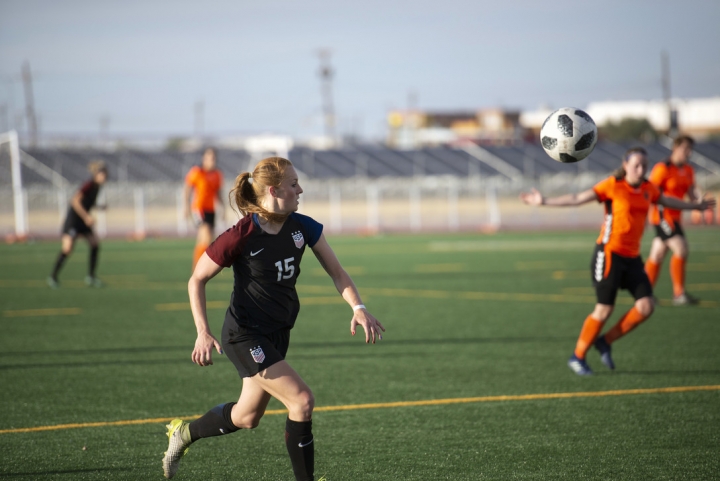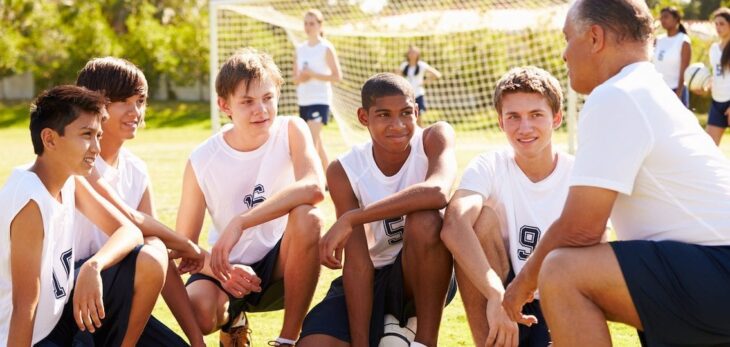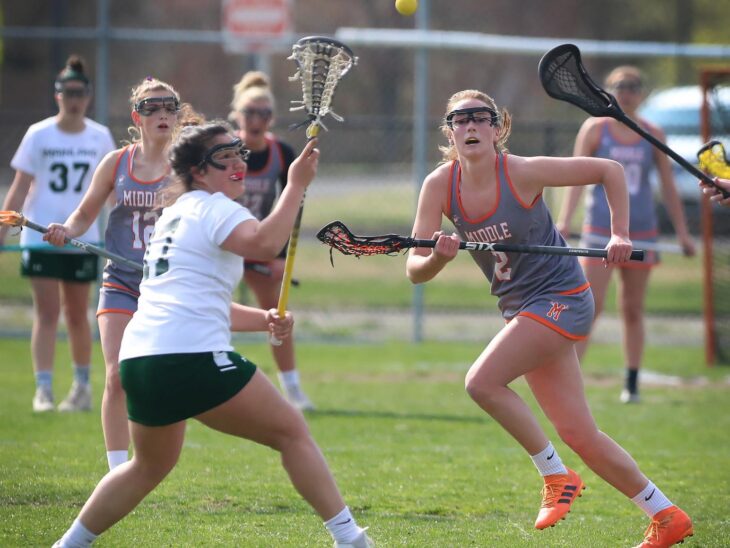It’s no secret that high school sports are a big deal. They can be a great way to make friends, learn about teamwork and competition, and have some fun. However, there are also risks associated with playing in high school sports. This article discusses the impact that high school sports can have on the students’ future and what to consider whether or not high school sports are worth the risk.
If you have played high school sports, then the chances are you have heard of concussions. In recent years, the number of young athletes diagnosed with serious brain injuries has increased significantly. These traumatic brain injuries can cause problems such as headaches, memory loss, mood changes, and even depression. According to the Centers for Disease Control and Prevention (CDC), about 3,000 youth under age 15 die from traumatic brain injuries every year, while this is an aggregate total a great deal of them start with a concussion. A concussion is often called “the invisible injury” because it doesn’t always show up right away. Symptoms may include confusion, dizziness, headache, and trouble focusing.

Source: climatecentral.org
The CDC estimates that one out of every six high school students suffers at least one form of concussion during their athletic career. Other studies indicate that 30% of high school athletes suffer concussions annually. While this figure is higher than the average rate of 6%, it shows that concussions still occur frequently among high school athletes.
Because of the potential severity of these injuries, the National Athletic Trainers Association recommends that everyone who participates in athletics wear protective equipment like helmets, mouth guards, and pads. These products help reduce the risk of injury.
However, participating in team sports can establish strong interpersonal relationships, build confidence, and develop lifelong positive habits. Team sports tend to foster a sense of camaraderie amongst teammates while offering many benefits, such as improved self-esteem. By encouraging healthy lifestyles and improving physical fitness, team sports can increase mental alertness and help manage stress and anxiety.
Another benefit of being involved in sports is that they offer an opportunity to meet people from different backgrounds and build friendships with them. As mentioned earlier, team sports bring together individuals from diverse social circles and encourage them to interact. For example, if they were involved in volleyball, they might run into the same kids all the time. They would see each other every day at practice and games. When school starts again, they might find themselves having lunch with classmates they wouldn’t have seen before. Being around others gives them something new to talk about and helps expand their circle of friends.

Source: yourteenmag.com
Although playing sports is beneficial, it does carry certain risks. If they participate in competitive sports the likelihood of an injury that has long-term ramifications is quite high, such as joint damage, which can cause a lifetime of pain or permanent disability. According to Integrated Orthopedics, a prominent Arizona orthopedic practice that specializes in sports injuries, the three most common types of sports-related injuries are acute, overuse, catastrophic, and growth plate. Catastrophic (which includes severe damage to the brain or spinal cord) and growth plate (which is cartilage at the ends of long bones which ossify as we mature) injuries typically come with lifelong consequences.
The key is to understand how high school sports compare to college sports, not to become overscheduled student-athletes who neglect their academic responsibilities. High school sports can make them stronger physically and more emotionally than college sports.
It takes strength and stamina to stay in top shape and perform well in high school sports.
Another reason to consider or whether high school sports are worth it is because they could potentially jeopardize a student’s grades. Playing sports during high school can actually hurt their GPA. Several studies have shown that athletics can decrease their grade point average. However, there are ways that they can avoid these effects. Try getting involved in extracurricular activities such as volunteering or tutoring, for starters. They can also join clubs that require sports participation. This provides them with extra practice space while giving them valuable social interaction experiences. All of this can help build their confidence and improve their self-esteem, which can help boost their GPA.
The National Federation of State High School Associations (NFHS) has an Injury Prevention Advisory Committee that develops guidelines regarding safety standards. They do this using all available data, including information from both youth and adult leagues. Their main goal is preventing injuries. They believe that sports programs encourage healthy lifestyles in children, teenagers, and adults. However, they recognize that injuries occur in any sport and advise that proper instruction and equipment are necessary to prevent injury.

Source: pressofatlanticcity.com
Finally, another reason to decide whether high school sports are worthwhile is that players might suffer from burnout syndrome. Burnout occurs when individuals feel like they have given it everything they had to give, then suddenly quit without warning! There are many causes of burnout; one example of this is overtraining. Overtraining happens when someone works extremely hard for a long period, often involving multiple hours per day, seven days a week without rest days.
The body begins to break down during this period and eventually requires recovery and recuperation. Most athletes don’t even know they need this type of rest because they’ve been doing too much already. After a few weeks of overtraining, these young athletes usually feel exhausted beyond belief. When that exhaustion reaches a certain threshold, they either stop showing up to practice or, worse yet, drop out altogether. This can happen very quickly, but they must be careful not to become burned out before reaching high school.
If students decide to play high school sports it is imperative that their parents be involved, and take part in team meetings and communicate regularly with everyone involved. They should ensure that they know what to expect and how they plan to support their child. They should discuss how their physical activity habits will affect school performance and their plans to achieve their academic goals. When making decisions, it’s good to be aware of their strengths and weaknesses.

Source: orsmi.com
Students should also remember that their goals are important. They should ask themselves: “How much fun am I having? How motivated am I feeling? And is my life-changing for the better?”
Ultimately any sport carries the risk of injury and like anything else in life the potential benefits need to be evaluated to determine if they outweigh those risks. Parents and the student need to be well informed to help make the best decision
